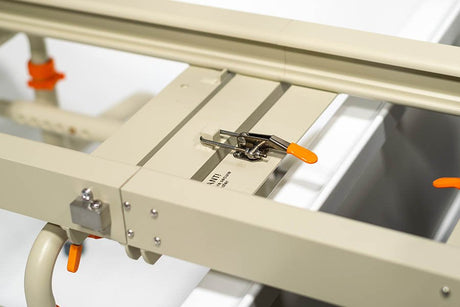Establishing the tasks to be carried out
In order to understand the tasks, the OT may wish to do a live run through with their client and note these down. Their family or carer may be involved as well to explore what activities they will need to assist with.
Assessing the level of mobility
Each bathroom is different in its dimensions and layouts, so getting an accurate set of specifications will be really important when determining which solution is best for their needs.
Designing a schedule for in the bathroom
Working with an occupational therapist

Finding the right balance between family and professional assistance
Ultimately the combination of outside care and family will come down to the preferences of the individual, the willingness of family to support with the bathroom and what’s actually safest for everyone – there are instances in which family members are willing but not physically able to provide support like lifting.

Determining the equipment required
A preferable alternative that many OTs are starting to opt for is the Showerbuddy transfer system range – professional grade equipment that offers all the support for toileting, showering and transfers without making any destructive modification to the bathroom. For bathrooms with a bathtub or shower with an edge, the transfer range provides a bridge across the edge which the seated user can be shifted across into an in-shower base. This can be removed if needed and switched into a different bathroom – something a permanent installation can not provide.
Being prepared to make changes to the routine
On the other hand, there are many situations where the level of mobility decreases over time – such as an elderly person navigating through arthritis or other physical ailments. In this situation, the OT will need to work with the client and their family to determine the best approach to changing the plan – whether that’s more manual intervention from carers or evolving the equipment accordingly.
Further reading
Enjoyed this article? You may be interested in these resources online:


























![Toilet Training A Young Child With Mobility Challenges [And How A Shower Chair Can Help]](http://shower-buddy.com/cdn/shop/articles/toilet-training-disabled-child_520x500_a90e5234-d372-435d-aa56-8da15dd3836c.webp?v=1722557239&width=460)
























